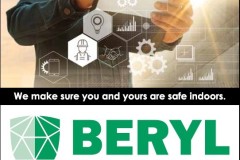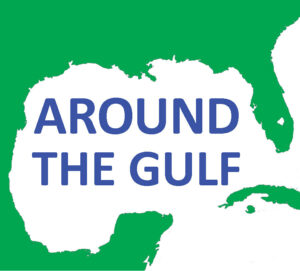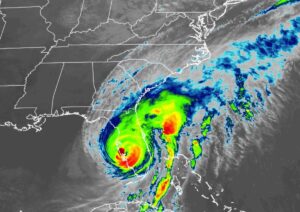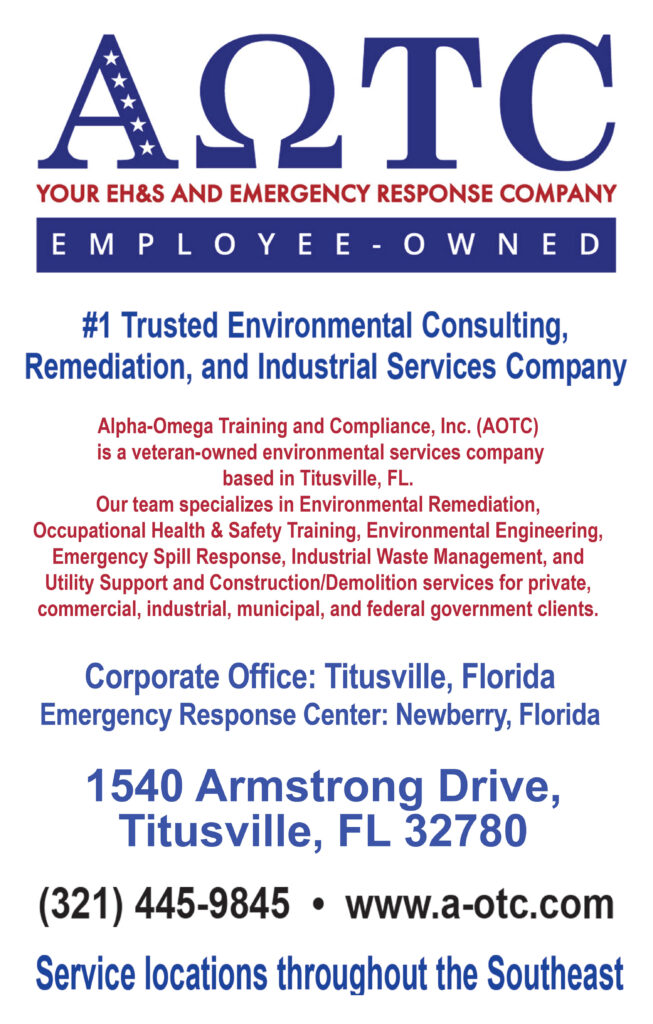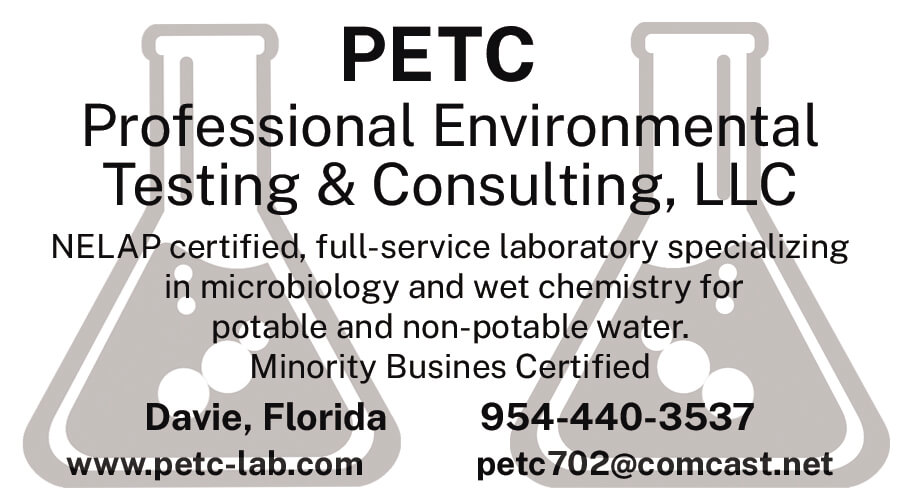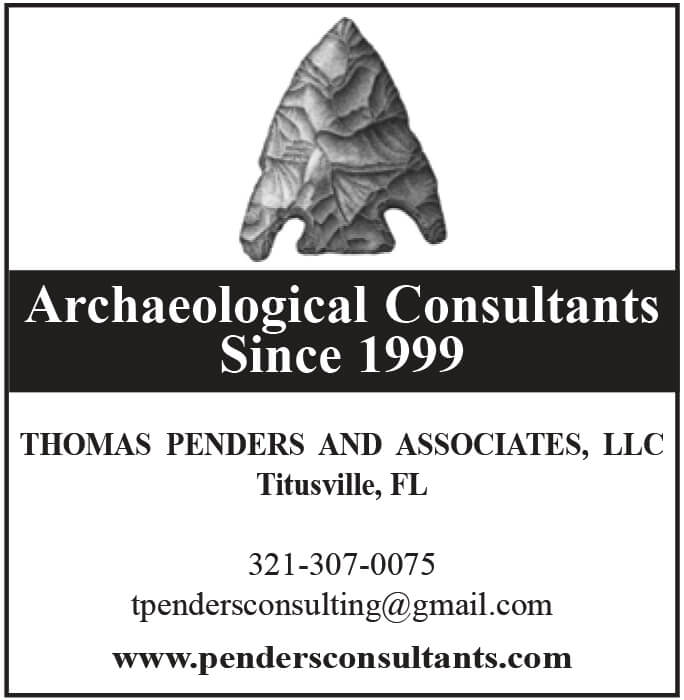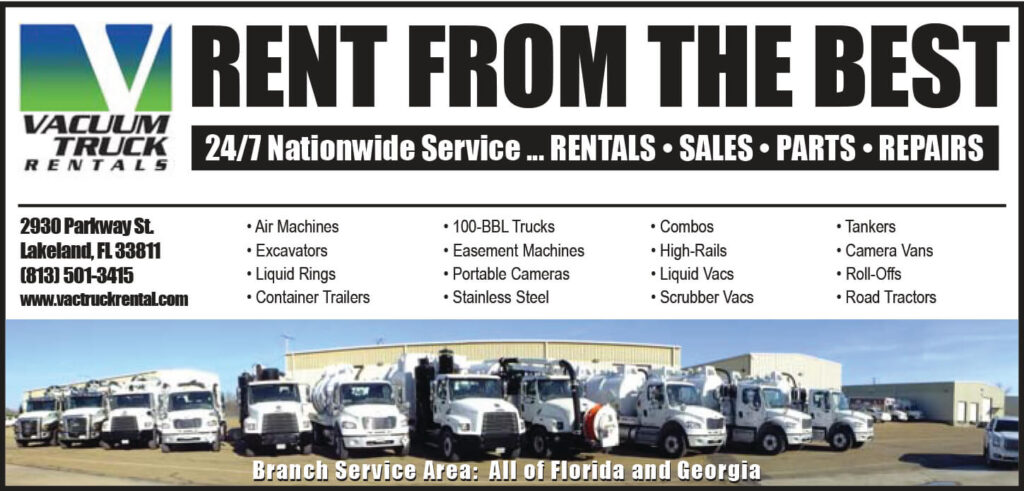By RALPH DeMEO Guilday Law Firm
and
MACIE CODINA, Law Clerk at Guilday Law
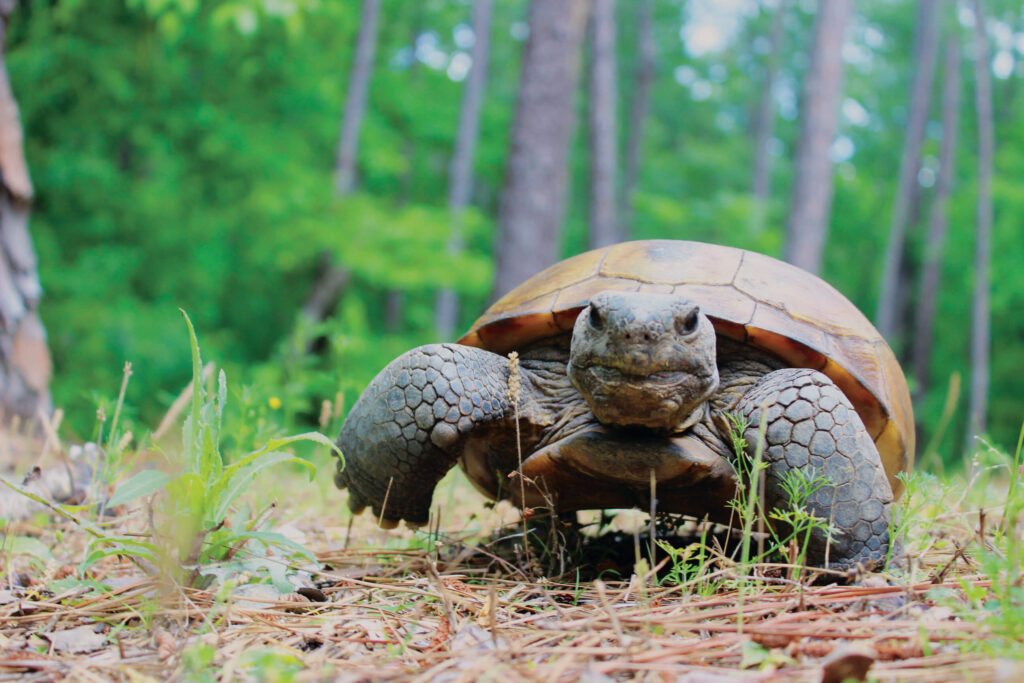
At a time when wildlife habitat degradation is on the rise throughout the State of Florida and the southeastern United States, the recent U.S. Fish and Wildlife decision to completely delist the gopher tortoise population in Florida could have life or death impacts on the distinct eastern population.
Florida currently is the second most popular state for human relocation. With the current mass migration to the Sunshine State, development is booming and expanding into previously untouched rural and natural areas. Given Florida’s low water table, dry highlands are in high demand amongst developers and fauna alike; however, when developers move in, animals must move out.
Florida is home to 78 Federally-designated Endangered and Threatened species and 39 State-designated Threatened Species. See F.A.C. Rule 68A-27.003. The gopher tortoise was originally listed as a Species of Special Concern in Florida in 1979 by the Florida Fish and Wildlife Conservation Commission (FWC); however, it has now been reclassified as a State-designated Threatened species as of 2007. Gopher tortoises were also protected under the Federal Endangered Species Act as a Threatened species in Florida until October, 2022. While the Florida Gopher Tortoise is no longer protected on Federal level, the FWC states that the Threatened state designation will stay in place… for now.

Historically, land owners were prohibited from moving or relocating gopher tortoises from their lands.
Under the Gopher Tortoise Management Plans, land owners are now able to relocate gopher tortoises to state approved recipient sites based on questionable new biological data that suggests that the species could be safely relocated if specific relocation criteria are followed.
Similar to the establishment of environmental mitigation banks, the state understands that the high market demand for development will have a detrimental effect on the environment and gopher tortoise population.
As a result, the state created gopher tortoise recipient sites to promote conservation and private land owner participation by creating a loophole that allows for continued development in exchange for conservation efforts elsewhere.
Here, by establishing more gopher tortoise recipient sites, land developers are able to continue developing their land in exchange for relocation fees and funding for the tortious on a regulated reservation.
See tinyurl.com/46dhtwdr. See also Gopher Tortoise Management Plan (2007) and Gopher Tortoise Management Plan (2012).
Currently, the high demand for new development has also spiked the demand for recipient sites as well as the relocation fee per tortoise. With a high demand for recipient sites and recipient sites beginning to quickly fill, recipient sites are able to charge thousands of dollars per tortoise they receive.
As a result, the 2022 Legislature passed Senate Bill 494 Fish and Wildlife Conservation Commission, now codified in Florida Statute §259.105, which allows for more land to be set aside for gopher tortoise recipient sites to both protect the species and reduce the burden of relocating the species on developers. See Senate Bill 494: Fish and Wildlife Conservation Commission.
While this appears on its face to be a positive development, it should be noted that there have been no definitive studies to determine the success of relocation programs.
While gopher tortoises will continue to be considered threatened in parts of southwest Alabama, Mississippi, and Louisiana under the Endangered Species Act, the U.S. Fish and Wildlife Service believes that the increased protections in Florida do not warrant a threatened status in the region.
While some agree that the recent legislative push to promote and establish more recipient sites is enough to stop the species decline, others argue that habitat loss and fragmentation due to urbanization, sea level rise, climate change, and poor habitat management will continue to decimate Florida’s gopher tortious population.
Those in opposition of the delisting also argue that while Floridian gopher tortoises might be better off than other populations, the Florida population is still declining as they face limited food and burrow availability coupled with death by construction and commuter traffic. Lastly, those in opposition argue that, as previously mentioned, there are no conclusive studies that prove gopher tortoises are successfully acclimating once they are relocated.
On the bright side, the federal delisting is based on data that concludes threats to the Floridian population are reducing and/or being offset by habitat management such as controlled burns, mechanical and chemical (herbicide) management and timbering, rattlesnake roundups, and recipient sites.
While U.S. Fish and Wildlife agree that it is difficult to evaluate the success of relocation due to their life history characteristics (e.g., long-lived, slow-growing, and slow to reach maturity), relocation is successful in removing tortoises from immediate danger due to development and preserving tortoise habitat at the sites.
Headstarting, or hatching juvenile tortoises in captivity, is also boosting tortoise populations as tortoises are most vulnerable during their rearing period.
Although the federal government has delisted the gopher tortoise, Florida holds firm that they will continue to list the species as state-listed as threatened in Florida. See 87 FR 61834, Endangered and Threatened Wildlife and Plants; Finding for the Gopher Tortoise Eastern and Western Distinct Population Segments, learn more.
Gopher Tortoise Program
The U.S. Fish and Wildlife recent decision to not federally list the eastern distinct population segment of gopher tortoises is a significant success, however there is still work to be done. The gopher tortoise will continue to be state-listed as Threatened in Florida and existing state protections will remain in place.


